At 5:03 p.m., Vinod Malhotra picks up his first passenger of the evening, after idling for a few minutes in the three-deep taxi line outside the Time Warner Center at Columbus Circle.
Malhotra is these days a knot of anxiety. He is hundreds of thousands of dollars in debt and struggling to keep up with the mounting expenses of operating his small business on wheels. At home, his three teenage children are relying on him to put them through college.
But when he snags a rider, Malhotra turns instantly sunny.
“Beautiful weather we are having, right, miss?” he says. “Thank God, thank God, thank God.”
Malhotra, 55, zips through midtown traffic with ease, navigating around buses, bikers, and the innumerable Ubers and Lyfts he now shares the streets with, hanging a left on 57th and deftly crossing the broad avenues. His mood is further lifted when his passenger, Jamie Koufman, says she goes out of her way to take yellow taxis and has written to New York Gov. Andrew Cuomo — “his excellency,” she calls him — about the unfairness of the $2.50 congestion fee that was added to all cab fares earlier this year to help fund repairs for the deteriorating subways.
Cab drivers say the surcharge is a cruel blow to an industry already on the brink of collapse.
“Thank you for thinking of us, God bless you,” Malhotra says to his newly discovered ally, beaming in his rearview mirror. “When we have nice passengers like you, maybe we can survive, maybe we can stay in this business.”
“Sometimes I curse myself. I spent almost a million dollars to buy this ride.”
When Koufman arrives at her destination a little more than a half-mile away, the total comes to $10.30. Malhotra will keep $7 — the $6 fare plus a $1 rush-hour fee — as well as Koufman’s cash tip. Fifty cents will go to an existing MTA improvement fee and 30 cents will be siphoned off to a fund that helps make taxis more accessible.
Malhotra will run the numbers in his head all night, as he cruises the streets into the early morning hours, searching for the dwindling number of passengers who still hail cabs on the street.
If he wants to stay afloat, Malhotra estimates that he needs to take in approximately $300 a night. A few years ago, when he was averaging about 40 passengers on each 12-hour night shift, this would’ve been easy. He’ll be lucky if he gets 20 on this unseasonably warm but drizzly Thursday evening in February.
Forget about his investment — the medallion he bought in 2010 for $590,000 that he was assured would keep appreciating, that he was guaranteed would be an exclusive license to pick up street hails before tens of thousands of cars attached to ride-hailing apps flooded the roads. Now, with medallions selling for as low as $150,000, it’s a matter of survival.
“Sometimes I curse myself,” Malhotra says. “I spent almost a million dollars to buy this ride. Why did I pick this line? Why I did this to myself?”
It turns out that the system Malhotra put his faith — and his life savings — into was rotting from the inside.
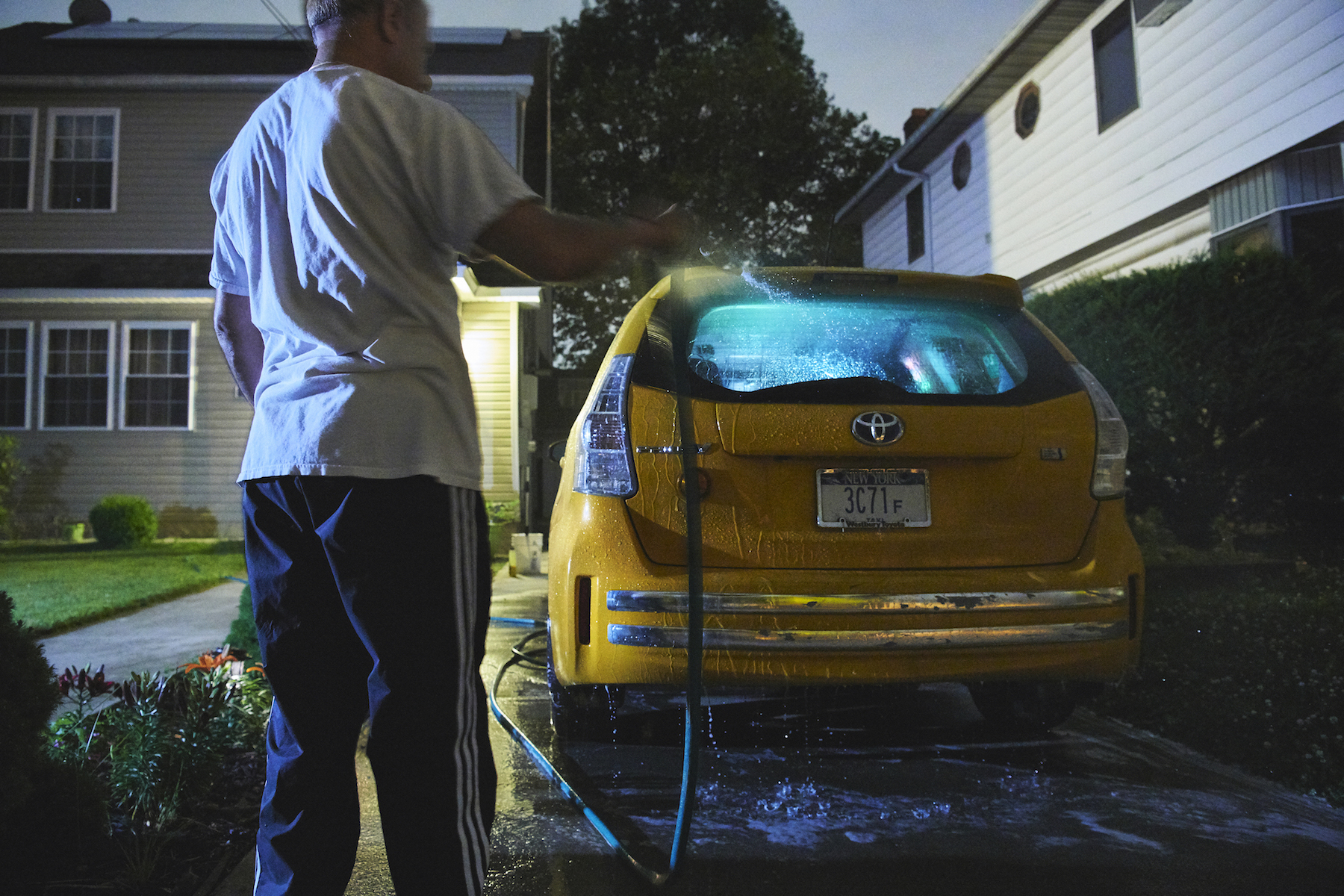
Medallions were created in the midst of the Great Depression, when the city’s Board of Aldermen passed the Haas ordinance to limit the number of cars that were legally allowed to pick up passengers in the city. Restricting the supply, they thought, would ensure that each driver had a shot at making a decent living. Each licensed cab was required to have a medallion — an aluminum plate affixed to its hood. The first batch sold for $10 a piece. For decades, the city held the total number constant, between 11,000 and 14,000, and their value climbed steadily.
But a New York Times investigation found that since the early 2000s, taxi industry leaders artificially inflated medallion values and created an unsustainable bubble, selling them for more than $1 million by 2013. Moreover, many of the loans that cab drivers took out to finance their medallion purchases were predatory. Some drivers were encouraged to lie about their incomes to qualify for loans they would never be able to afford; others were duped into signing wildly unfavorable terms, including interest-only loans and ones with penalties for repaying too quickly. Meanwhile, regulators across several government agencies ignored warning signs of an impending crash as the lenders and the middlemen got rich.
When Malhotra purchased his medallion in 2010, it seemed fail-safe. He had been driving a taxi for 17 years already, paying $800 each week to a garage just for the privilege of leasing a medallion. The value had risen an astonishing 1,900 percent over the previous 30 years — a return that the New York Times declared at the time was better than “gold, oil and the American house.”
“At that time, the medallion prices were going up day by day and the lease was going up,” he said. “I thought I could have a very bright future.”
And Malhotra would be treading a well-worn path: Generations of immigrants before him — especially ones without a college education — had found a foothold in the middle class by betting on taxis, and those like him who became owner-drivers, working only for themselves, tended to be the highest earners.
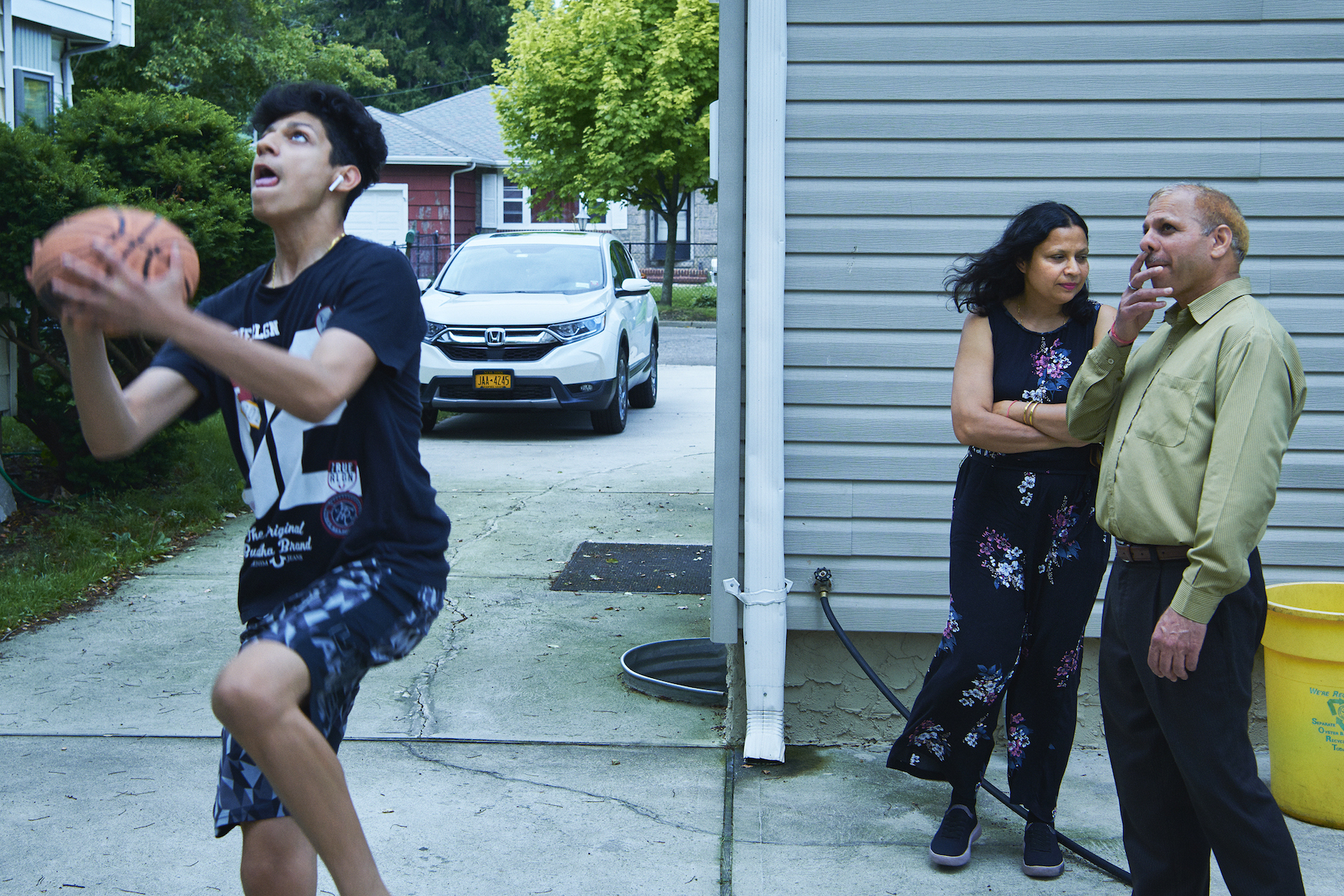
So he optimistically sank $130,000 into a down payment along with the attendant fees and taxes.
“It was my whole life’s savings since I started my career as a taxi driver,” he said. “I worked very hard. I used to work sometimes 13, 14 hours on the weekends. I saved every single dollar I can.”
When medallion values cratered in 2014, Malhotra, like countless others, was left holding the bag.
“Forget about our savings, forget about the future. Now we are fighting to feed our kids, to send them to college.”
After nearly a decade of trying to pay down his debt, Malhotra estimates that he still has $445,000 to go, and is hitched to $2,650 monthly payments that he must make no matter how little he brings in every shift. At this rate, he could pay off his debt by the time he’s in his 70s — but with nothing left over to fund a retirement. His only option is declaring bankruptcy — which 950 cabbies have already done, according to the Times. But that would mean the repossession of his medallion, the loss of the money he has poured into his business, and giving up the only livelihood he has ever known.
“Everybody knows we lose our medallion prices,” he says. “Forget about our savings, forget about the future. Now we are fighting to feed our kids, to send them to college. That’s the problem.”
Malhotra insists that the unchecked growth of Uber and Lyft also played a part in sending the taxi industry into freefall.
When ride-hailing apps arrived in the city, starting with Uber in 2011, the New York Taxi and Limousine Commission placed no limits on how many of their cars could be on the road at once. In 2010, there were 37,782 for-hire vehicles — the classification of pre-arranged rides Uber and Lyft fall under — licensed to operate in New York. In 2018, that number had tripled to 118,737, at least 65,000 of which were affiliated with Uber alone, according to numbers collected by the TLC.
With so many on the road, each car took home a smaller share of fares as they battled for riders and spent more time sitting in traffic, idly burning gas. Yellow-cab ridership dropped from 501,000 trips per day in May 2011 — the month that Uber first launched in New York — to 252,000 trips per day in March 2019, according to the TLC.
“It’s a race to the bottom,” Bhairavi Desai, the executive director of the New York Taxi Workers Alliance, told VICE News. “It has become economically disastrous for all drivers across the board.”
The percolating crisis had been something of a known quantity for years. But perhaps the full weight of the calamity drivers were facing only really sank in in late 2017. That’s when the suicides began.
In November, livery driver Alfredo Perez hanged himself. In February, black car driver Douglas Schifter shot himself outside City Hall in a pointed act of protest, after detailing his agony over his fraying finances on Facebook, and blaming city officials for failing to adequately regulate the market. In May, Kenny Chow, a Burmese immigrant in debt from purchasing a $700,000 medallion, drowned himself in the East River. On and on they went. In March, Lyft driver Lu Wu was found dead in the back of his car in an apparent suicide, becoming the ninth driver to take his own life in the last 18 months and illustrating a despair that cuts across the entire industry.
“How much more can we work?” Wain Chin, a friend of Chow, asked at a rally of taxi drivers protesting the new congestion fees. “All drivers are struggling, and we’re not rich like the big corporations.”
After years of inaction and following the New York Times investigation, the city has finally made some moves. The City Council is working on a package of bills intended to impose stricter oversight on future medallion sales. The measures include requiring the TLC to review financial disclosures from prospective medallion buyers, imposing closer vetting of taxi brokers, and creating an office to monitor the stability of the industry overall. The city is also eliminating $10 million in renewal fees for medallion owners.
But there is reportedly discord between some City Council members and Mayor Bill de Blasio about whether the plans should include a bailout. Ten council members are in favor of at least partially buying drivers out, and one of them, Mark Levine, has floated a plan for the city to purchase distressed medallions and refinance them on better terms. But the mayor's review of the loans and the brokers that pushed them, which is set to be released today, calls for more oversight and stricter regulations around lending but stops short of mentioning a bailout, according to the Times.
“We need solutions, this situation cannot hold anymore,” said council member Ydanis Rodriguez at a hearing last Monday to address the growing scandal. “I hope everyone understands the urgency of this crisis. We cannot put ourselves in a situation to be witness to another individual taking their life away from themselves and their family.”
Malhotra, meanwhile, waits for relief.
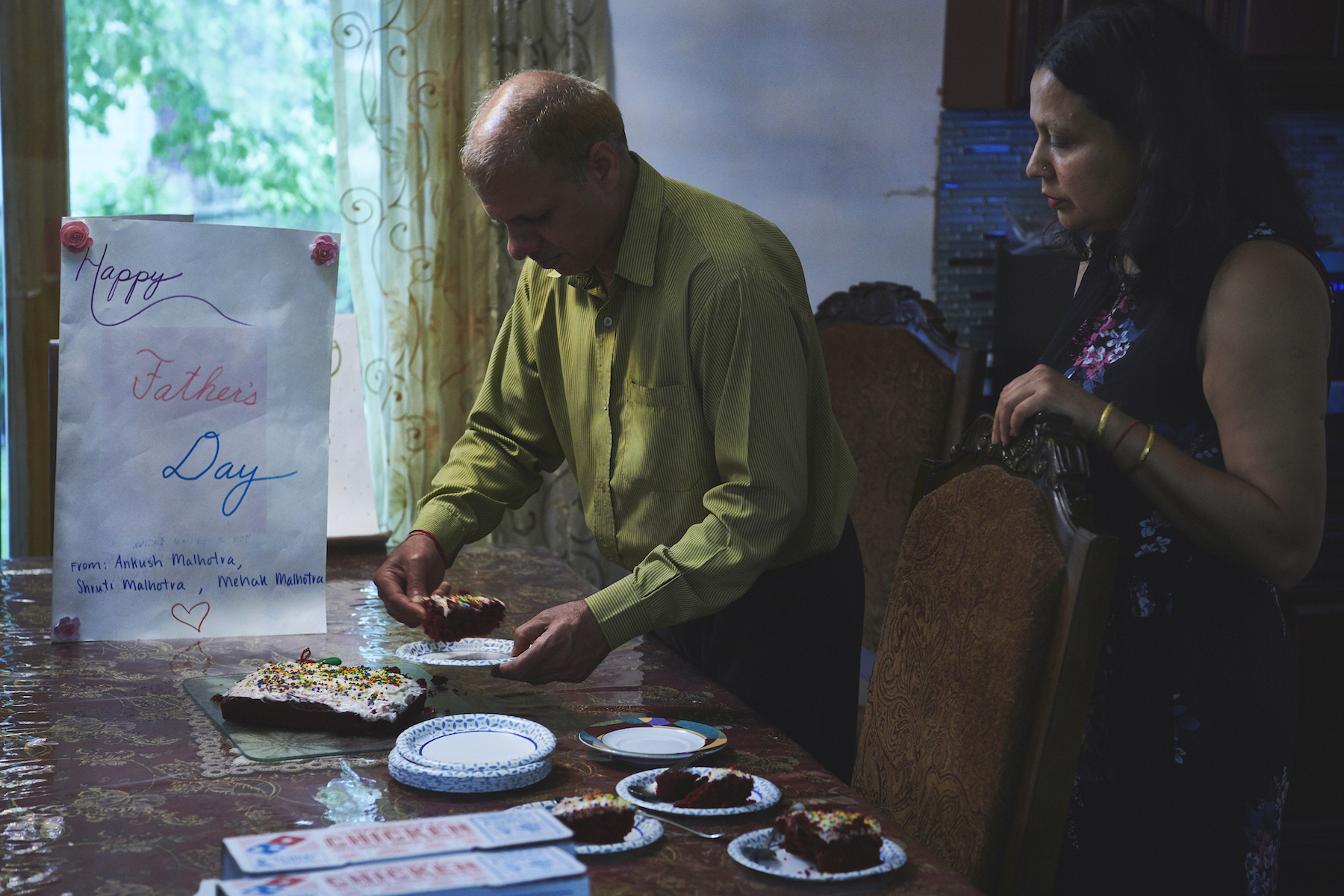
Malhotra arrived in the city in 1992 when he was 27 years old from Sahib da Pind, a rural village in Punjab with only 150 houses. He was an asylum-seeker, having been involved in a local political party that was then targeted for reprisals after elections didn’t go their way.
New York was overwhelming, Malhotra says, not only for its looming skyscrapers and its frenetic pace but also because he had to figure out how to survive, and quickly. In India, Malhotra, the youngest of four sons of a construction worker, owned a small hardware store. In the U.S., he became a cabbie because his older brother was already one.
“First two days, he was driving and I was sitting on the passenger side. He was picking people up and I was learning how to do it,” he said. “We were not too, I can say, educated, and our most known friends were in this business. It’s very easy to go to the same one, to get some help from them.”
Malhotra’s brother got out of the taxi business a few years ago and bought a Subway restaurant. Malhotra often rues why he didn’t do the same.
It’s tempting to put too fine a sheen on the way things used to be. Ferrying New Yorkers — sometimes drunk, sometimes sick, sometimes just in a bad mood — across the city has always been grueling and lonely work.
Malhotra remembers the time in the mid-1990s when a group of four inebriated men started pounding their fists on the outside of his cab. When he tried to stop them, they began throwing their punches at him instead. Malhotra’s lip was busted open, but he didn’t have time to go to the hospital. He took a half-hour break and then went back to work.
“When you work and you’re still not making any money, it’s very hard to think of anything else.”
But there have also been highlights. Like the time he waved to Rudy Giuliani when the then-mayor was sitting in his idling SUV and Giuliani waved back through his open window. The time he picked up a famous French actor from Tavern on the Green in Central Park and was greeted by the shutter clicks of dozens of paparazzi. The simpler pleasures of the job stand out too — like driving by Morningside Park on a nice day.
As we cruise through midtown Manhattan, Malhotra takes me through his budget: $570 per month on insurance, $350 on gas, $500 on car maintenance. He pays $2,800 a year for workers compensation, and next year, he will need to buy a new cab altogether, to comply with TLC rules.
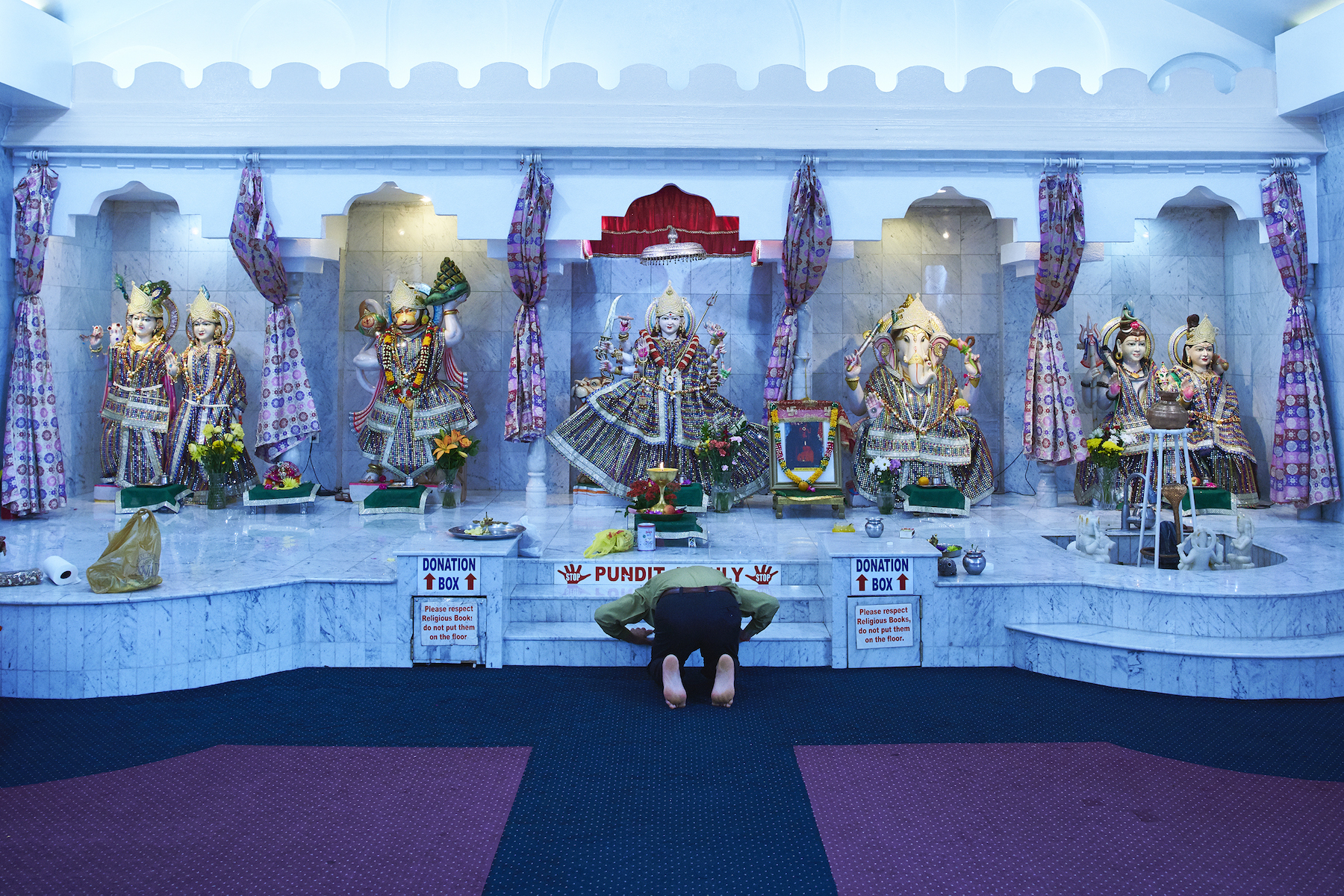
When times were good, Malhotra said he was making about $50,000 a year, enough to move out of his Jackson Heights apartment, where had long lived, to Hicksville, Long Island, where the schools were better and he and his wife, a school crossing guard, could buy a house for their family. Now that his take-home pay has plummeted to $30,000, he worries about making those mortgage payments. He also has to help with college costs for his oldest daughter, a freshman at SUNY Binghamton, and his middle daughter, who will be going off to college later this year. His son is, luckily, only 14 and still dreaming of becoming an NBA basketball player, Malhotra says.
The fares tick up as the night wears on: $13.50, $8.80, $16.74. The passengers are businessmen running late to their dinners, too impatient to wait for an Uber; tourists laden with shopping bags going back to their hotels; an elderly man put into the car by a doorman who rides cross-town to the Museum of Natural History.
Malhotra’s voice gets quieter when he talks about the recent suicides of fellow drivers.
“I feel very sad for my friends that lost their lives,” he said. “Imagine how their families are surviving after they lost their head of household. I have four household members who rely on me. How can they survive after me? Without me?”
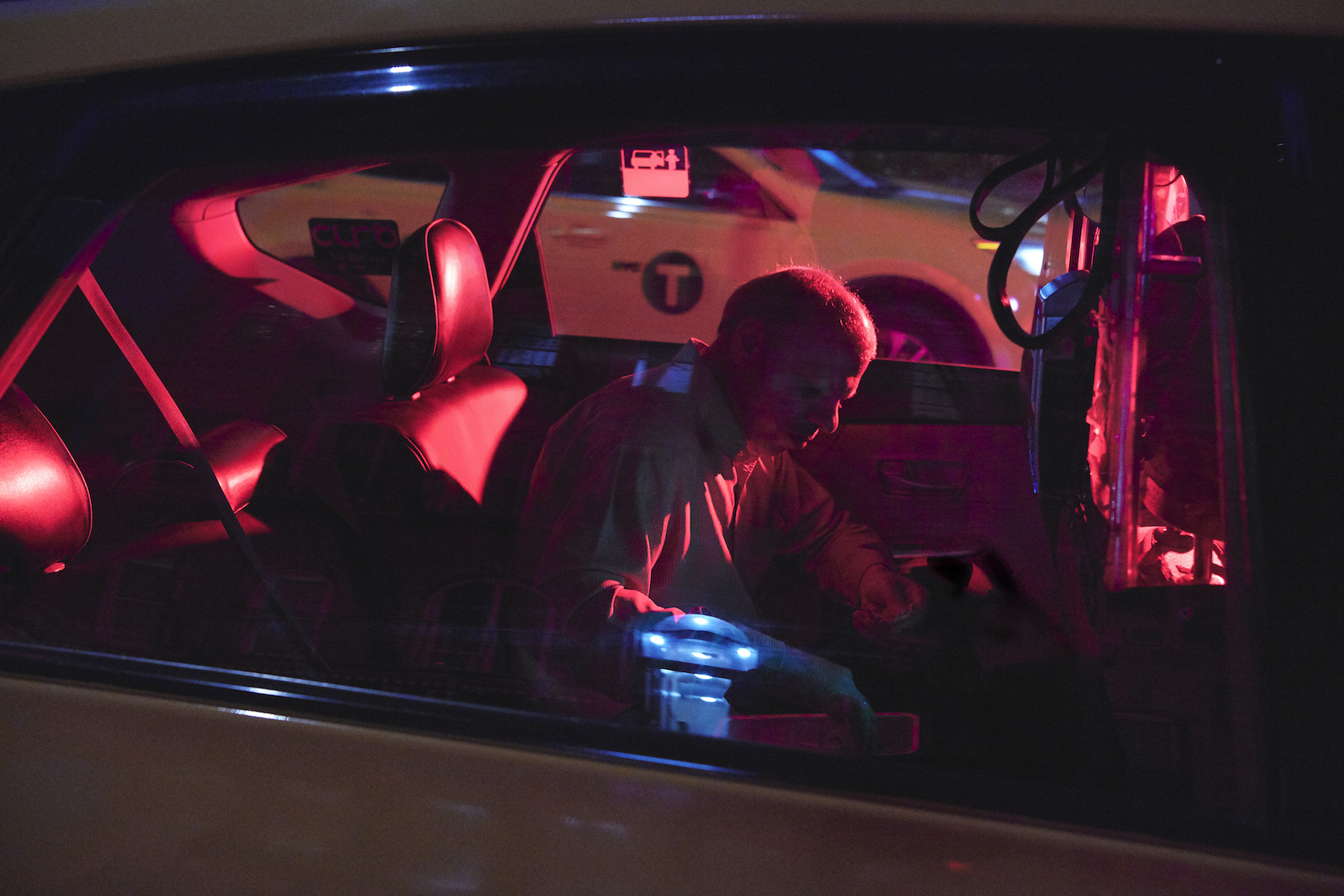
Malhotra is incredulous when asked if he was once happy as a cab driver, if he enjoyed his work.
“At that time, I was putting hours on this job and I was making money. Today, I’m putting in the hours, but I’m not making any money,” he said. “That’s the difference. When you work and you get paid, you’re happy and you save money. When you work and you’re still not making any money, it’s very hard to think of anything else.”
Malhotra’s phone dings constantly with incoming messages in multiple WhatsApp groups comprised of the tight-knit community of cab drivers. Some give helpful heads-ups on traffic, while others are dedicated to organizing this group of new, part-time political activists. Earlier that week, Malhotra had been in Albany to take part in a protest against congestion pricing.
“Cuomo say they need it to fix the crumbling subways, but he’s not aware that our lives have crumbled,” Malhotra says. “He doesn’t worry about that. Instead of putting another burden on us, he should help us.”
More fares: $11.80, $13.46, $27.26 on a long ride from 70th street on the Upper West Side to 18th Street, as the sky darkened.
A little past 9, after five hours of driving and a fairly steady stream of passengers, Malhotra takes a break to eat the dinner he packed from home — lentils, vegetables and chapati — in his parked car. Twenty minutes later, his on-duty light is back on.
Though business tends to taper off in the later evening and early morning hours, Malhotra usually keeps cruising, hunting for those elusive fares, not returning home until 3 in the morning. After sitting in the car all day, he’ll go to the gym to lift weights and run on the treadmill. He’ll go to bed at 5 a.m. and wake up again past noon to do it all again.
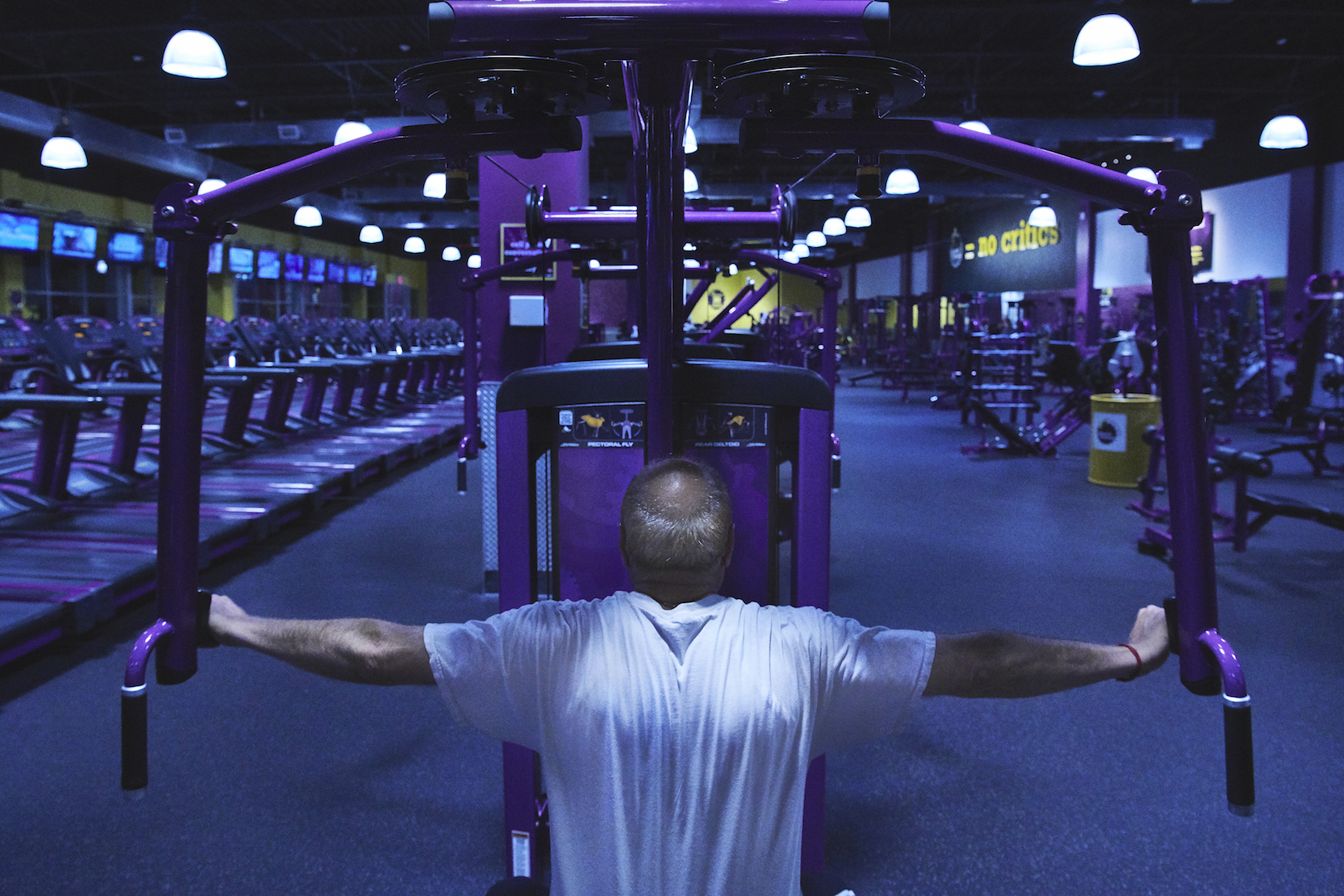
But the next day, Malhotra has to pick up his daughter and take her to an early dentist appointment. He logs out at 12:39 a.m. He’s had 18 passengers and driven 53.3 miles. He has collected $284, but he’ll only keep about $224.60 for himself, before he figures in expenses.
These days, it’s a decent haul. But it’s still short of the $300 he had hoped to take in. As Malhotra drives back to Long Island, his mind races, running the numbers.
Video: Produced by Milena Mikael-Debass. Shot by Michael Shade.
Cover: Vinod Malhotra outside Punjabi Deli, a takeout spot popular with taxi drivers. Photo by Finlay MacKay.
